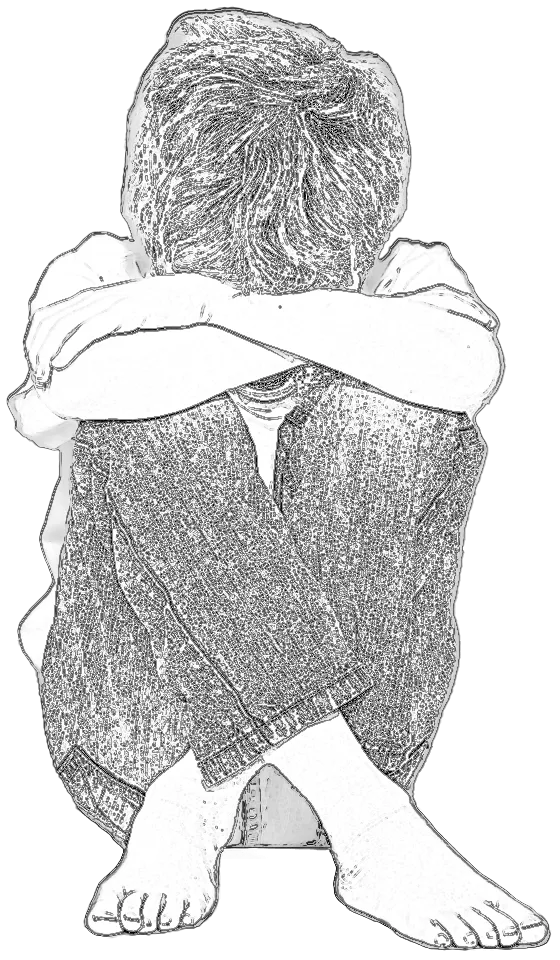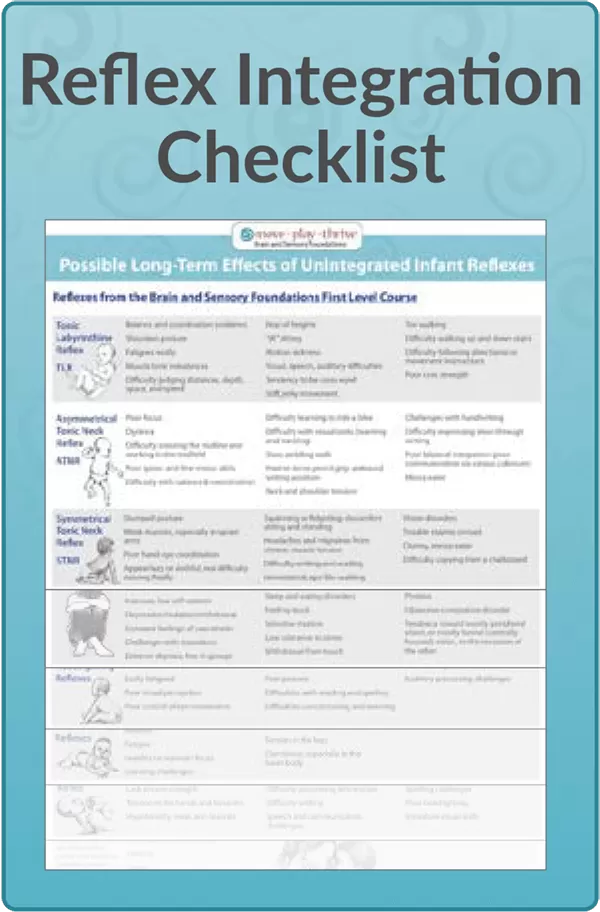Fear Paralysis Reflex
 Fear Paralysis Reflex integration is key for addressing anxiety, trauma, shyness, obsessive/compulsive behaviors, selective mutism, challenges with transitions, perfectionism and procrastination. The Fear Paralysis Reflex (FPR) emerges at 5 to 8 weeks in utero and is ideally integrated before birth. Among experts there is not agreement about the exact nature of FPR except that it is a fear response to unexpected or threatening events. This can include sudden sensory stimuli.
Fear Paralysis Reflex integration is key for addressing anxiety, trauma, shyness, obsessive/compulsive behaviors, selective mutism, challenges with transitions, perfectionism and procrastination. The Fear Paralysis Reflex (FPR) emerges at 5 to 8 weeks in utero and is ideally integrated before birth. Among experts there is not agreement about the exact nature of FPR except that it is a fear response to unexpected or threatening events. This can include sudden sensory stimuli.
Researcher Kaada (1986) says FPR can be triggered by fear from events such as restraint of movement, sudden noise, separation from the mother or sudden exposure to an unfamiliar environment. He describes FPR as abrupt motor ‘paralysis’, unresponsiveness, and an abnormal slowing of the heartbeat and respiration. He has hypothesized that the FPR is a not a cause of SIDS, but a possible mechanism explaining SIDS.
This reflex is also observable in animals as a “freeze” response, i.e. “deer in the headlights”, the frozen rabbit, or “playing dead”. In all cases, activation of the FPR involves a protective shutting down response as a means of coping with stress.
If the Fear Paralysis Reflex is not fully integrated at birth, it can cause life-long challenges related to fear and anxiety. Children and adults with FPR may experience fears that others consider irrational—yet these fears are very real to the individual due to the nervous system being in a state of survival. Depending on the degree to which FPR is retained, this underlying anxiety can range from mild to severe, or only present in certain situations.
Possible Long-Term Effects of a Retained Fear Paralysis Reflex include:
- Shallow, difficult breathing
- Underlying anxiety or negativity
- Insecure, low self-esteem
- Depression/isolation/withdrawal
- Constant feelings of overwhelm
- Extreme shyness, fear in groups
- Excessive fear of embarrassment
- Fear of separation from a loved one, clinging
- Sleep & eating disorders
- Feeling stuck
- Elective mutism
- Low tolerance to stress
- Withdrawal from touch
- Aggressive or controlling behavior, craves attention
- Extreme fear of failure, perfectionism
- Phobias
- Obsessive/Compulsive Disorders
- Amphibian Reflex
- Asymmetrical Tonic Neck Reflex
- Birth and Bonding
- Crawling Reflexes
- Crossed Extensor Reflex
- Facial-Oral Reflexes
- Fear Paralysis Reflex
- Feet Reflexes—Plantar & Babkinski
- Foot Tendon Guard
- Hand Reflexes—Grasp, Palmar, and Babkin
- Headrighting Reflexes
- Infant Torticollis
- Landau Reflex
- Moro Reflex
- Parachute Reflex
- Pull-to-Sit Reflex
- Spinal Galant Reflex
- Spinal Perez Reflex
- Symmetrical Tonic Neck Reflex
- Tonic Labyrinthine Reflex
Sources
Kaada, B. (1986). Sudden Infant Death Syndrome: The Possible Role of" the Fear Paralysis Reflex". Oxford University Press, USA.
Goddard Blythe, S. (2023). Reflexes, movement, learning & behavior. Analysing and unblocking neuro-motor immaturity. Hawthorn Press.
Masgutova, S. (2007). Integration of infant dynamic and postural reflex patterns: Neuro-sensory-motor and reflex integration method [Training manual].


